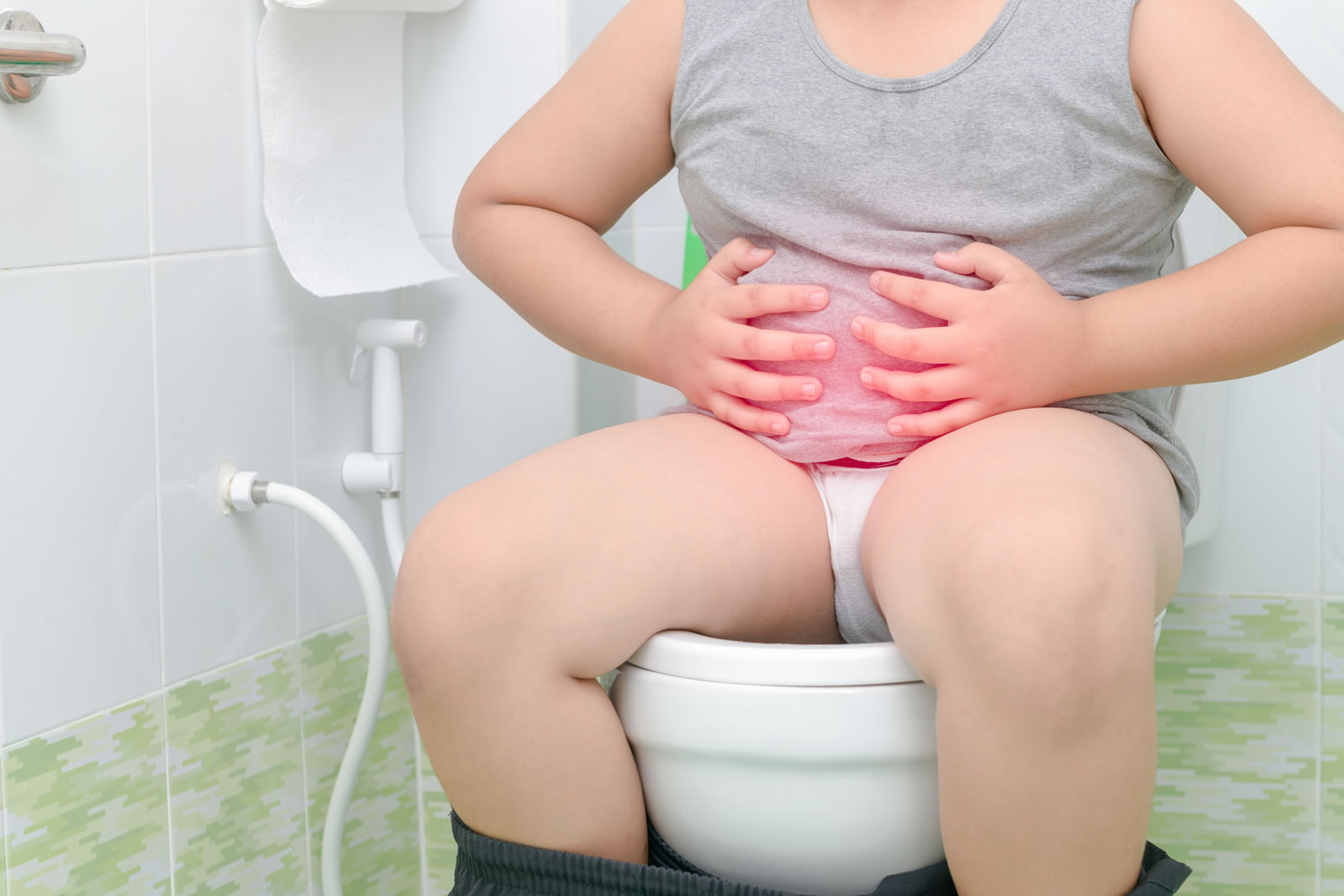Gastro: The prevention strategies you need to know about
Published on Tuesday, 09 March 2021
Last updated on Wednesday, 08 December 2021

South Australian early childhood centres have seen a spike in cases of viral gastroenteritis (viral diarrhoea) – there were at least 17 outbreaks in December compared with just four in November.
The alarming surge has promoted a SA Health alert for families to keep affected children at home and for centres to practice good hand hygiene.
The Government of South Australia’s SA Health website has provided the following tips for dealing with gastroenteritis:
How to prevent viral gastro at your centre:
- Exclude children and staff diagnosed with viral gastroenteritis until there has been no diarrhoea or vomiting for at least 24 hours.
- If the gastroenteritis is known or suspected to be caused by norovirus, the exclusion period is 48 hours.
- If handling food, the exclusion period should be until there has been no diarrhoea or vomiting for 48 hours.
- Follow good handwashing procedures: Use soap and water as alcohol-based hand sanitizers are not as effective against some viruses, including norovirus. For more on healthy handwashing practices, including when staff and children should wash their hands and handwashing around mealtimes, see here.
- Keep areas clean: Start the cleaning process in the cleanest areas and finish in the dirtiest areas to help prevent cross-infection. Use warm water and detergent; follow the manufacturer’s instructions on how much detergent to use; rub surfaces vigorously to physically remove germs; rinse the surface with clean water; dry the surface. For more on how to hygienically clean your centre, including special considerations for nappy-change areas and bathrooms, see here.
Here are the signs and symptoms you need to know about, according to the website:
Signs and symptoms of viral gastro:
Symptoms usually last 1 or 2 days and include:
- Mild fever
- Nausea and vomiting
- Stomach cramps
- Diarrhoea
Infectious period
An infected person can infect others during the illness and for at least 24 hours after symptoms have disappeared.
How gastro is diagnosed
Diagnosis is made by a doctor based on a patient’s clinical presentation. A faecal examination can sometimes identify the virus and is often performed to also rule out bacterial infection.
Diarrhoea and vomiting can also be symptoms of COVID-19, so your doctor may test for this too.
Gastro symptoms
Parents of children with the following symptoms should be advised to seek medical advice if their child shows any of the following symptoms:
- Signs of dehydration, such as thirst and decreased urination, lethargy, dry mouth, sunken eyes, feeling faint on standing
- Fever
- Abdominal pain
- Bloody diarrhoea
- Any symptoms in a child less than 12 months of age.
You’ll find a factsheet on viral gastroenteritis that you can distribute to parents and staff here: The You’ve Got What? Viral gastroenteritis fact sheet.
For more information on how to prevent infectious diseases in early childcare education and care services, see here.
NSW Health also has a practical advice on how to handle a gastro outbreak at your centre here.
Related Articles

What you need to know about measles
What you need to know about measles and how to protect your child and family.

How child care centres prevent the spread of gastro
How early learning services prevent gastroenteritis and contain outbreaks amongst children and staff.

Managing a gastro outbreak in your service
Managing a gastro outbreak in your service.
